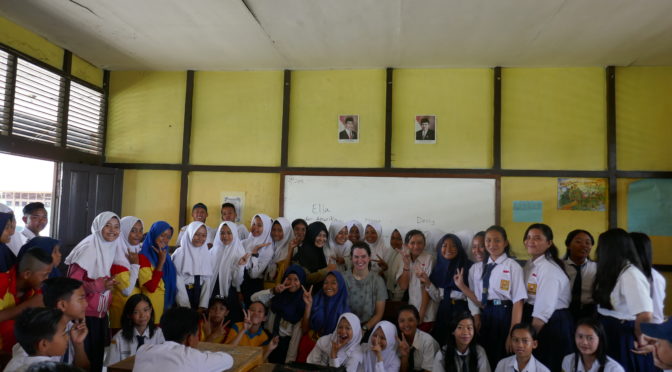For the last 8 or so months, I have been conducting conservation education lessons with school children all over Indonesia. This has been such a special opportunity, and I am very lucky to have had it. I have met so many different people, seen so many different ways of life, and learned a great deal about how to communicate lessons to people whose first language and culture I do not share. Most importantly, I have been able to educate hundreds of children about the conservation of slow lorises in areas where this species is currently being threatened.
Story Book
My travels took me to four main regions throughout the islands of Indonesia: North Sumatra, West Sumatra, West Kalimantan, and Central Java. I, with many helpers along the way, taught nearly 700 children in 15 different schools about slow loris ecology, behavior, and conservation. The lessons were centered around a storybook called Slow Loris Forest Protector, written by LFP director Dr. Anna Nekaris.
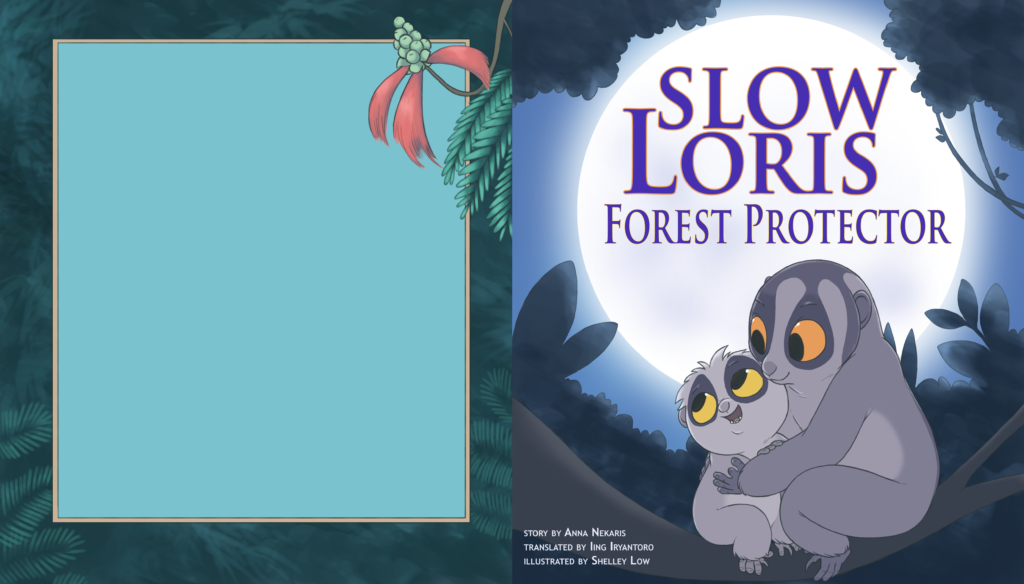
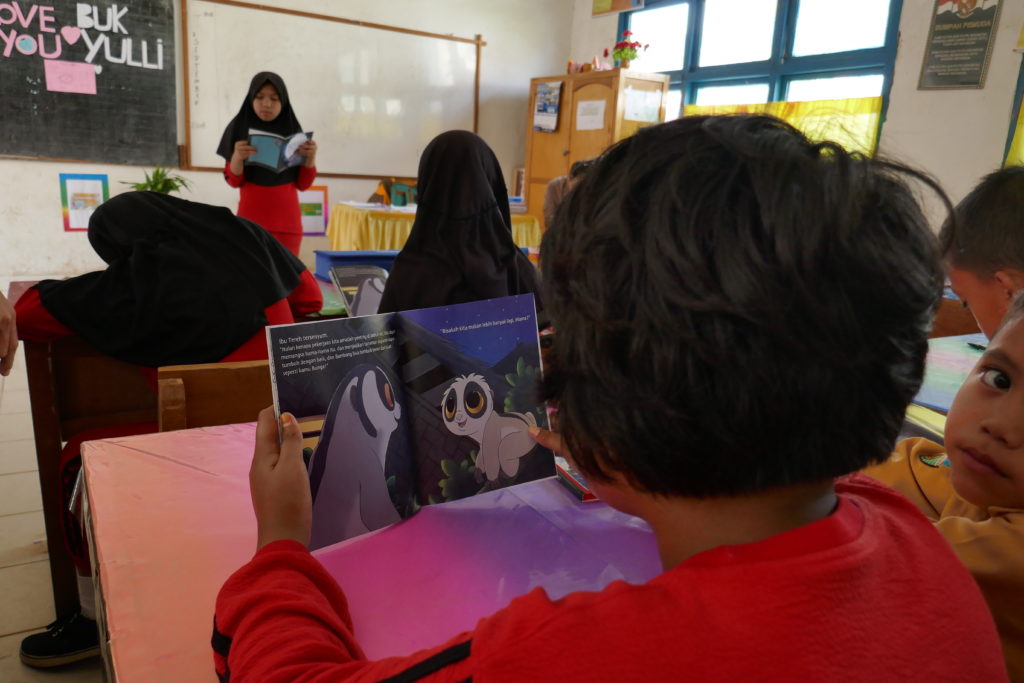
The book follows Bunga and his mom Tereh (two real-life lorises we study) throughout the night. Tereh teaches Bunga how to look for food and avoid predators, and explains to him why slow lorises are important to the environment. I went to each school twice, with roughly 6 months’ time between the two sessions. Session 1 focused on learning about slow loris behavior, character traits, and food. While Session 2 focused more on threats to conservation such as deforestation and the pet trade. Children ranged in age from 6 to 14 (though at one school where they taught afternoon English lessons, there were two 20 year-olds. They were good sports to sit through a lesson designed for people half their age).
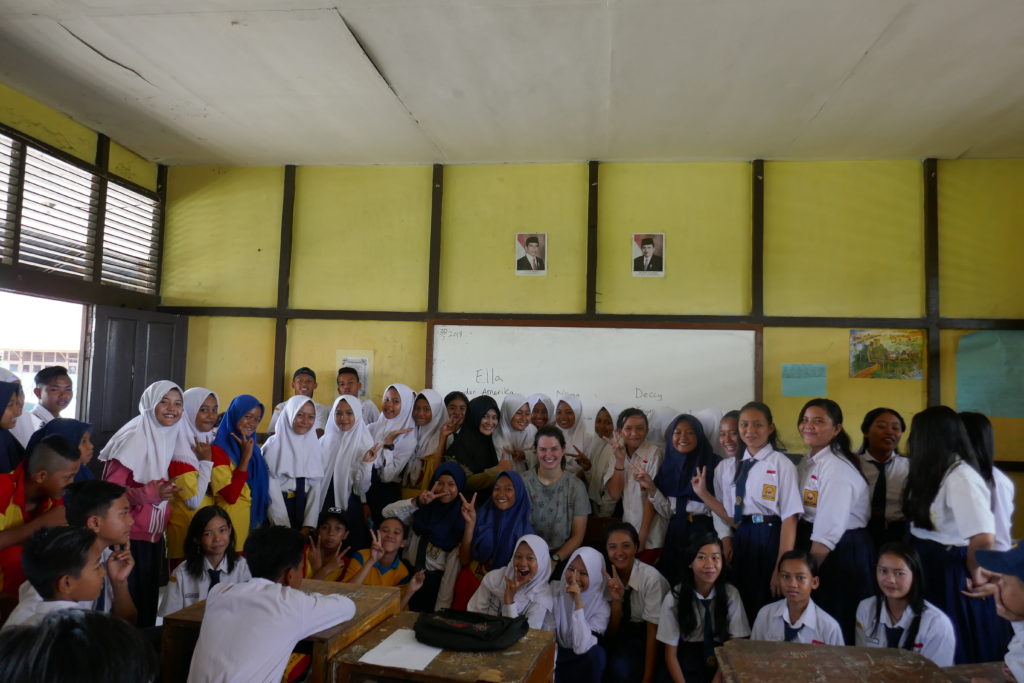
Knowledge
In each session, the kids were asked to write essays containing anything they know about slow lorises. Session 1 essays overall contained very little accurate information about slow lorsis – many children opted to write about other animals like fish and cats, or just made wild guesses like, “slow lorises like to eat rice and live in Madagascar”. I found this very interesting as all the areas I visited were known to have populations of slow lorises.
When asked, the majority of students had never seen a loris themselves. In each school I also interviewed some of the teachers. The majority of teachers had also never seen a slow loris personally, and had never taught about them in class. Perhaps slow loris education is faced with a unique hurdle: because they are nocturnal, people rarely see slow lorises! One teacher told me that of course she had never taught her students about slow lorises before, because why would she teach them about an animal no one sees?
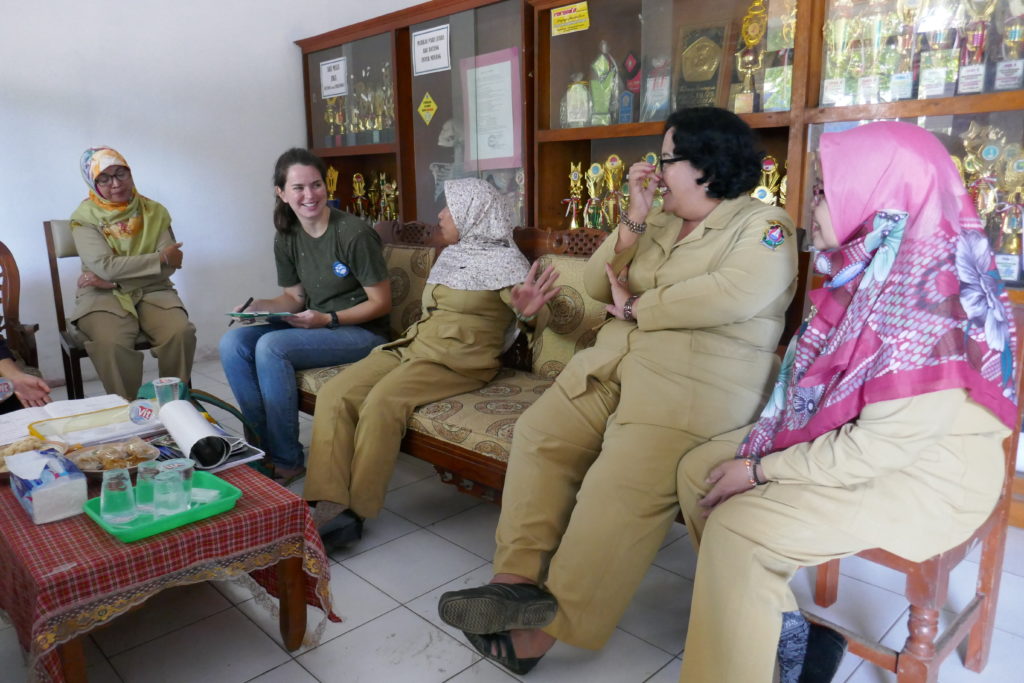
Improvement
Session 2, to my relief, showed a big increase in knowledge. The children’s essay contained more accurate information about slow loris food, habitat, and behavior. Many children took quotes straight from the storybook. Even though it had been 6 months since I had seen them, for the most part they remembered me and what I had taught, and were excited to see me. The grandest welcoming was by a school in West Kalimantan, where kids gave a dance performance. Check out a clip of the dance below. ELLA BROWN

